10 Best Companion Plants For Parsley - What to Pay Attention
Written by Ivy
Jan 05 2023
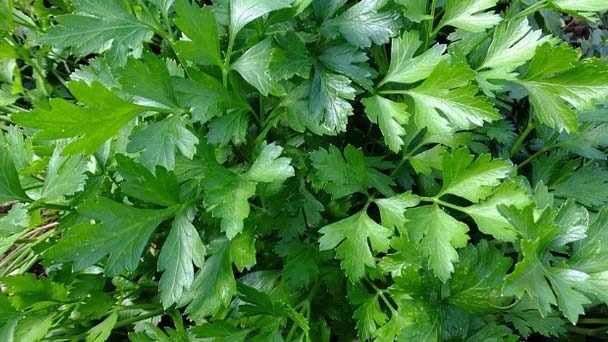
One herb that gardeners love to use is parsley. Before choosing a location in the garden to plant parsley, take into account the best parsley companion plants.
There is no reason not to give parsley some space in your garden since it is a traditional garnish on so many dishes and is especially practical to have on hand. Cutting the stalks only promotes new growth, too. However, it is a generalization that some plants thrive when placed close together, and parsley is no exception. Learn more about parsley-friendly plants in the following paragraphs, along with some others.
Quick Look:
- Tomatoes
- Chives
- Carrots
- Corn
- Peppers
- Onions
- Pears
- Roses
- Asparagus
- Beans
What is Companion Planting?
The act of planting specific crops close to one another in order to maximize their growth and yield is known as companion planting.
Together, companion plants can offer each other support, shade, or nutrients. They can also help ward off pests and diseases.
Read More:
What Are the Benefits of Companion Planting?
Companion planting has a number of advantages, including:
Improves Plants' Development and Health
Gardeners have used companion planting, a centuries-old technique, to help their plants grow and thrive to the fullest.
Your favorite fruits or vegetables can share resources like nutrients from the soil without competing with other favorites when you grow them side by side with other complementary favorites in the same location.
Organic Pest Control
Its ability to aid in pest control naturally is one of the beauties of companion planting.
When various plants are grown together, a natural defense against bothersome bugs and diseases is produced!
Attracts Beneficial Insects
The goal of companion planting is to foster an environment that will support beneficial insects.
These tiny creatures will aid in organic pest control, enhancing the tranquility and cleanliness of your garden.
Improves Soil Quality and Fertility
You can enhance the quality of your soil by interplanting various species of plants.
It will become more fertile for growing food as a result of the organic matter and nutrients that have been added!
Improves Flavor of Vegetables
What could be tastier than a tasty vegetable? What about one that has been improved by the inclusion of additional plants?
It creates harmony in flavor and color when various crops are grown together.
Serve as Markers
Planting a fast-growing variety next to a slow-growing one will help you better monitor the development of each plant in your garden because some plants grow faster than others.
This is a good setup if you want to grow many different varieties of the same plant or if you want to grow a garden with a variety of plants.
Provide Necessary Shade
It's crucial to offer some protection from the sweltering sun in the summer. To prevent shorter plants from overheating and burning in the sun's intense rays, taller plants can do this by shading them.
The advantages of companion planting have been discussed, so let's look at the best and worst plants to grow close to the biennial herb parsley.
1. Tomatoes
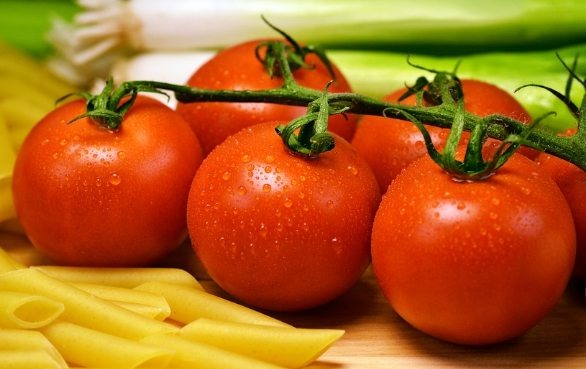
Being used frequently to catch pests and deter them from the most crucial tomato plants, parsley plants make excellent tomato companion plants. Plant some parsley nearby to deter aphids, which prefer tomatoes. The hoverflies that linger near parsley will help clean up your garden by eating the aphids. There are many different tomato varieties, and some of them draw particular insects more than others, so do your research before planting any of them.
2. Chives
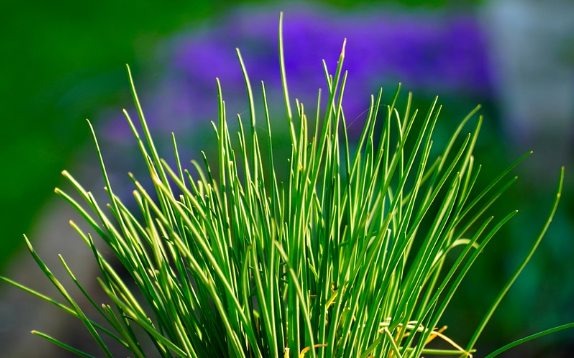
Any gardener who is worth their salt understands the value of including parsley in an herb garden. It not only has a variety of culinary applications, but it also adds a splash of color and freshness.
The Apiaceae family, which also includes fennel, carrots, and celery, includes parsley as a member of the plant kingdom. Because of this, carrot root flies can harm parsley.
Growing parsley alongside chives is one way to help protect your plants. Chives' potent aroma will help to mask parsley, making it less alluring to root flies.
3. Carrots
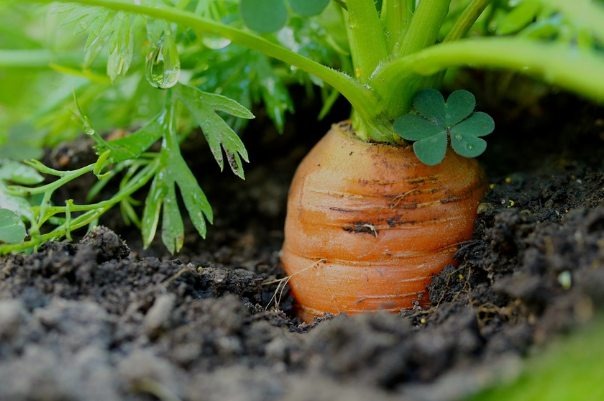
Because they are both members of the same family, carrots and parsley both draw carrot root flies. Cross-pollination between parsley and carrots can also be problematic for saving seeds. Instead, try growing carrots with leeks or sage.
4. Corn
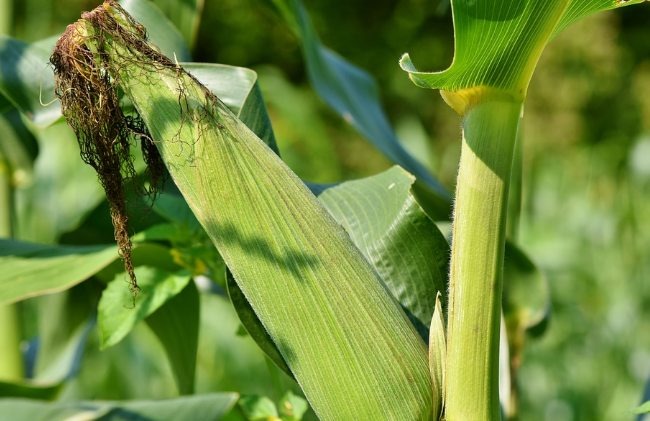
Your garden's corn attracts armyworms. With little left to harvest, this pest will quickly decimate your corn crop. Place parsley nearby to draw beneficial insects that will eat the armyworms and keep your corn growing healthily.
5. Peppers
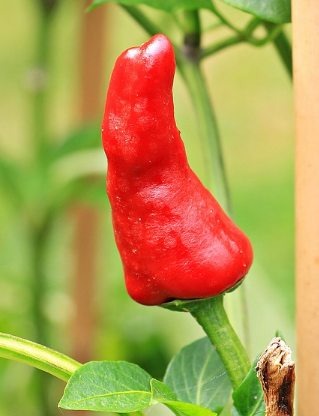
Due to their flavor and scent, peppers are incredibly effective at keeping most pests away on their own, but aphids and beetles still manage to get into plants. Put some parsley close to your pepper plants to draw predators that will eat anything the peppers can't handle on their own. The predators enjoy eating the aphids and beetles that eat your pepper plants.
6. Onions
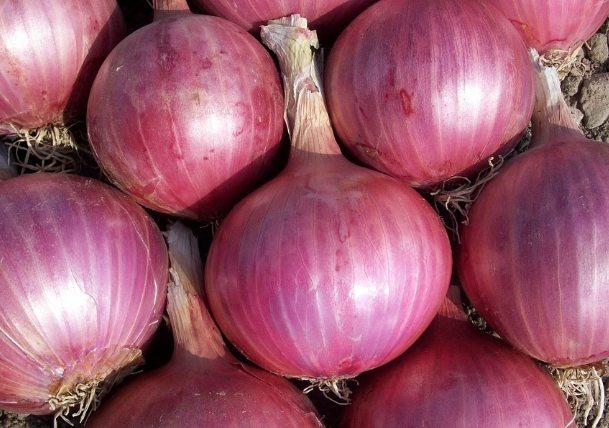
To prevent onion flies, grow mint or parsley as companion plants for onions. The onion fly, which enjoys breeding in the leaves of onions, is made confused by the fragrant leaves of both mint and parsley. When the time comes to harvest onions, onion fly maggots will also have consumed all of the onion bulbs, leaving you with nothing.
Sue Sanderson, horticultural executive at Thompson & Morgan(opens in new tab), advises caution when using some companion plants, such as mint. These are quick-growing plants that will smother your crop in no time. To keep mint under control, it is best to grow it in a herb planter next to the crops.
7. Pears
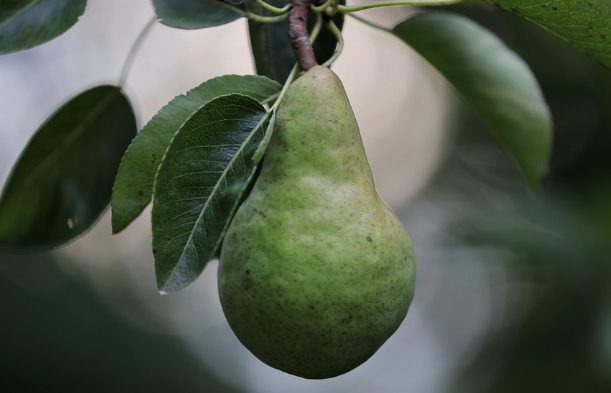
The codling and gypsy moths are also able to attack pears, another common fruit. These pests, like those that attack apples, can seriously harm the fruit, resulting in lower yields.
Planting parsley next to pears can aid in their defense against these pests.
8. Roses
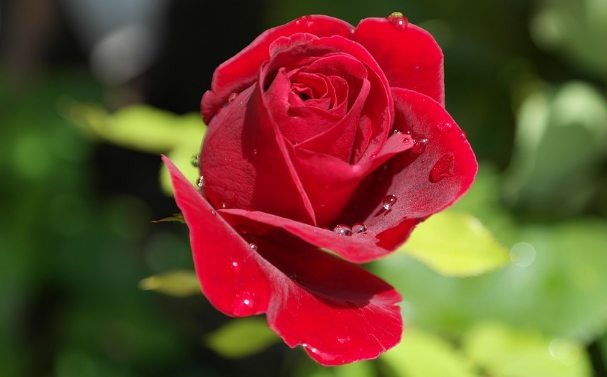
Sawfly infestations on rose bushes are common. Plant parsley nearby to draw hoverflies and tachinid flies to avoid this from happening. Your rose bushes will stay in good health as a result of these beneficial insects eating sawflies. Not to mention that the rose bushes and parsley together create a lovely, fragrant area of the garden.
9. Asparagus
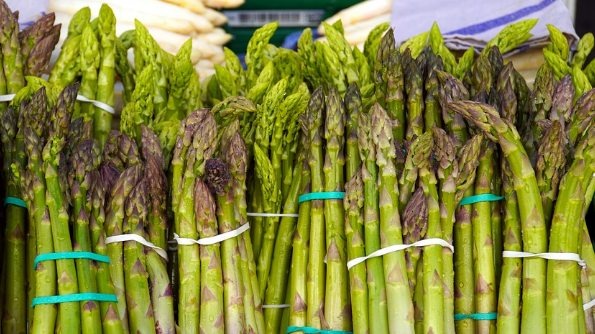
Planting parsley close to asparagus is probably best for both plants. They grow well together and have a symbiotic relationship. On the asparagus plants, parsley deters asparagus beetles. Planting parsley every year in between the rows of asparagus is the best way to benefit from their complementary growth patterns. Fresh asparagus that is uninfested by pests like asparagus beetles and some parsley in between growths will be available for harvest.
10. Beans
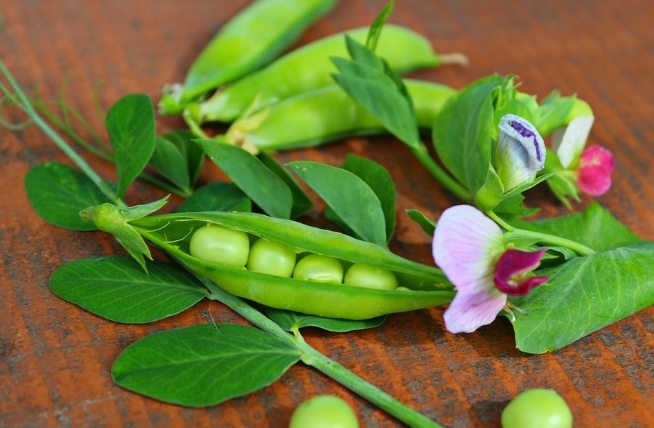
Due to their ability to repel cutworms, beans and other legumes make excellent parsley companion plants. Cutworms are drawn to beans and other legumes, and tachinid flies, which enjoy eating cutworms, are drawn to parsley. Typically attracted to parsley, pests are great for eating nearby insect pests from other plants.
What Can You Not Plant Near Parsley?
While researching plants that may not benefit from parsley's close proximity, keep in mind other plants. Carrots, lettuce, mint, and a few alliums (garlic, onions, and shallots) are a few of these plants.
- Parsley and carrots compete for the same soil nutrients because they have similar growing requirements. However, because the plants have the same shape and will compete if grown close together, they cannot be grown next to one another.
- Parsley may prematurely bolt if lettuce is present, and hoverflies will draw to the lettuce, eating it.
- They don't work well together because a mint plant's root can quickly encroach on a parsley plant's living space. Mint is typically grown in a separate container!
- Planting alliums on the opposite side of your garden will prevent them from obstructing the growth of your parsley.
- Dill is almost always grown apart from other edible plants, like parsley. Plant dill over in the flowers or away from your edible crops, but keep parsley in your herb or vegetable garden.
Mint
Because it can be rather invasive, mint is not a good match for parsley. Mint can quickly take over the garden bed and smother other plants if it is not controlled.
Parsley plants may also have a mint flavor because mint has a strong aromatic flavor. In order to avoid this, it is best to grow mint and parsley separately.
Carrots
Because they come from the same family and will therefore attract the same pests (such as the carrot fly) and compete for the same nutrients, parsley and carrots are not a good match.
Cross-pollination is a problem if you save seeds because it is common with parsley and carrots. It is best to avoid growing carrots and parsley together for these reasons.
Lettuce
Not all plants make compatible friends. Actually, planting parsley and lettuce together is never a good idea.
This is primarily due to the fact that parsley makes lettuce bolt, which accelerates the seeding process. It is best to avoid planting these two plants together because doing so could ruin a lettuce crop.
Before you start planting your garden, be sure to do your research as there are many other plants that make better parsley companions.
Allium
Onion, garlic, and shallots are part of the flowering plant genus known as Allium. While all of these plants can be eaten, their strong flavors make them unpopular parsley companions.
In addition to having a pungent smell, Allium plants compete with parsley for nutrients and water, which can stunt parsley's growth. It is best to avoid planting parsley and allium together for these reasons.
Think about some of the better pairings for parsley instead. A flavorful and fragrant herb garden that everyone can enjoy can be made with a little forethought.
Parsley Companion Planting Tips
To make the most of your experience growing this delightful herb, take into account these companion planting recommendations for parsley.
- Trim parsley to encourage growth. Instead of pulling, snip the stems.
- After the first year, leave parsley plants in the ground so they can set seed.
- Give the herbs room to grow. Keep them outside of the nursery's pots.
Planting Your Parsley
Keep in mind that parsley grows best in loamy soil with good drainage when you go to plant it. They favor warmly-lit areas that are cool at certain times of the day. Any garden will do well in a little shade. Once planted, parsley needs very little upkeep and can help your other crops resist pests while enhancing the nutrients in your soil. To defend some of the aforementioned plants, plant parsley alongside them!
FAQS About Parsley Companion Plants
Is Parsley Easy to Grow?
With a little attention, parsley is a relatively simple plant to grow and thrives in most gardens.
How Much Sun Does Parsley Need?
Although it can tolerate some shade, parsley requires at least six hours of direct sunlight each day.
How Often Should I Water Parsley?
To avoid overwatering, water parsley when the soil feels dry to the touch. Root rot and other issues can be brought on by too much water.
What Are Some Common Pests and Diseases of Parsley?
Whiteflies, cutworms, aphids, and carrot root flies are a few common pests. Root rot, leaf spot, and blight are examples of prevalent ailments.
What Insects Are Attracted to Parsley?
Hoverflies and parasitic wasps have been observed to be drawn to parsley. These insects are not harmful to people and help manage garden pests.
How Far Apart Should Parsley Be Planted?
To allow for proper growth, parsley plants should be planted at a distance of between 6 and 8 inches.
Summing Up Parsley Companion Plants
To get the most out of this adaptable herb, companion planting with parsley can be a great way to ward off pests. You can promote the health and strength of your plants by keeping them away from some of the plants that are understood to harm parsley. You can make an inviting and enticing herb garden that everyone will enjoy with a little forethought.
Latest Updated
- Benefits of Bugleweed - 7 Science-backed Health Benefits
- Bugleweed Dangers & Side Effects - Is It Poisonous?
- How to Plant Evergreen Trees - What You Should Know
- When to Plant Evergreens - Grow Guide for Evergreen Trees
- 12 Wonderful Evergreen Shrubs for Your Garden
- 12 Popular Evergreen Plants with Pictures for Beginners
- When And How To Prune A Lilac Bush Like a Pro
- How to Grow & Care for Lilac Vine (Hardenbergia Violacea)
- Japanese Lilac Tree (Syringa Reticulata) Care & Propagation Guide
- Shumard Oak Pros and Cons - What to Know
Popular Articles
- Winter maintenance of Antirrhinum Majus
- How to Grow Terminalia Mantaly Tree
- How to Grow and Care for Crossostephium Chinense
- How to grow Antirrhinum Majus in spring
- Peristeria Elata (Dove Orchid) Profile: Info & Care Guide
- Underwatered Snake Plant (Sansevieria Trifasciata) - Signs And How To Fix
- How to Care for Brazilian Jasmine Plant (Mandevilla Sanderi)
- How to Grow & Care for Graptopetalum Purple Delight in Summer
- Rosa Chinensis (China Rose): Plant Growing & Care Tips
- How to Care for Baby Sun Rose (Aptenia Cordifolia)